Oregon Community College Students Struggle With Loan Defaults
Wednesday, October 01, 2014

Photo credit: iStock
The community college students statewide default on federal loans at a rate of 15.87 percent. Public, four-year school students average a default rate of 4.48 percent and private university students are even lower at 3.01 percent.
In 2011, the Oregon community college with the most financially delinquent students was Umpqua Community College, where 23.8 percent of students defaulted on loans. Klamath Community College was next with a student loan default rate of 22.1 percent. Lane Community College students followed with a default rate of 21.6 percent, according to an analysis of federal student aid data.
Defaulting on loans can create serious and long-lasting consequences: wage garnishments, damaged credit scores, loss of eligibility for future student aid, legal action against the defaulter, and the freezing of assets.
A former student cannot even declare bankruptcy on a loan after Congress passed the 2005 Bankruptcy Abuse Prevention and Consumer Protection Act.
“It affects your ability to go back to school and continue your education, it affects your eligibility for credit, it affects your eligibility for Social Security benefits. It is pretty serious on those aspects of your life,” said Leslie Limper, the financial aid director at Reed College in Portland.
Harder Hill to Climb
Community college students statistically have a harder hill to climb when it comes to earning potential after graduation.
According to the Bureau of Labor Statistics, 5.4 percent of graduates with an associate’s degree are unemployed, not much higher than the 4 and 3.4 percent of those holding a bachelor’s and master. However, the difference between earnings of graduate groups is significant.
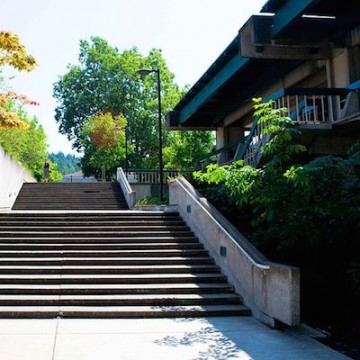
Students at Lane Community College in Eugene have some of the highest rates of federal loan defaults in the state. Photo Credit: Visitor7, WikiMedia
Community colleges' enrollment have a high percentage of low-income families, with 44 percent of low-income students attending a community college for their first year of college, according to an educational longitudinal study by the National Center for Public Policy and Higher Education.
Only 15 percent of high-income students enroll in a community college for their first year of college.
"Some students, even with loans, have a severe financial hurdle," said Midge Purcell, director of advocacy and public policy at the Urban League of Portland. "If you’re a low-income family, the cost of college, even through community college, can be very prohibiting."
She explained that low-income students often take three or four years to complete a two-year program and have to take out the maximum loan amount to cover tuition and living costs.
Impact on community and low-income students
College admissions coach Jodi Walder-Biesanz believes the schools are more prone to financially vulnerable students because they are geared to accept anyone who applies.
“Community colleges are all about open access,” Walder-Biesanz said. “They serve a way broader spectrum of students, including those of low socioeconomic status. Those students are inherently more risky for loans because they don't have parents they can turn to if they need to be bailed out due to unemployment, medical catastrophe, etc.”
It’s also common for community college students to temporarily stop attending school because they run out of money, and because most loans are structured so that students have to begin paying back the loan six months after stopping school, Walder-Biesanz said.
Because community college students are more likely to be locals than students at private or state schools, the impacts of defaults are felt particularly hard at the local level.
Legislature looks into free tuition
The Oregon Legislature has put forward a proposal that could significantly help ease community college student debt. The state’s Higher Education Coordinating Commission is looking into the possibility of allowing Oregon high school graduates to attend community colleges for free.
Purcell thinks the new bill would be a step in the right direction.
"We need to get more people into higher education and community college is a great ladder for that," she said. "[Free tuition at community colleges] is a sound investment for any society to make and it's an investment that will pay off."
Related Slideshow: Graduation rates at Northwest Universities
School stats on graduation rates don't normally include students who transfer out to finish their degrees. When factored, in the results can be profound.
Related Articles
- College Admissions: How to Request and Get Fabulous Recommendation Letters
- College Counseling: Great Eco-Colleges
- Oregon Ranks 44th in U.S. for Online College Students
- University of Oregon Makes Top Three In Thrillist College Frat Bros List

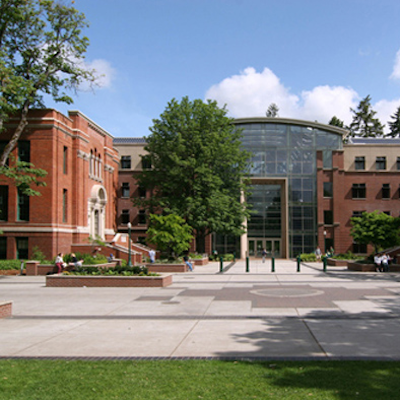
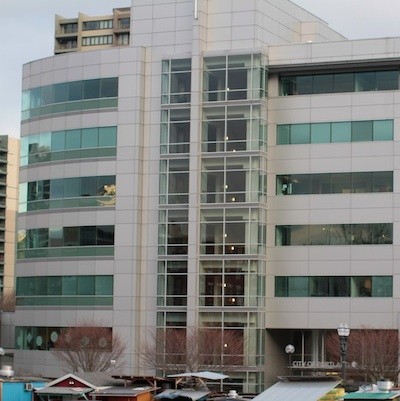
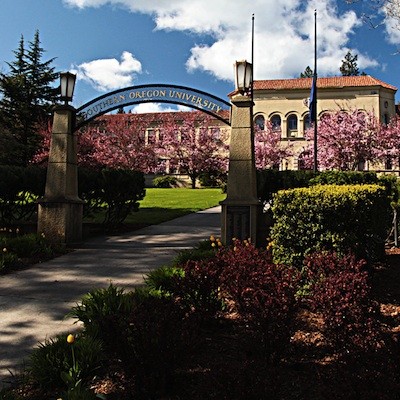
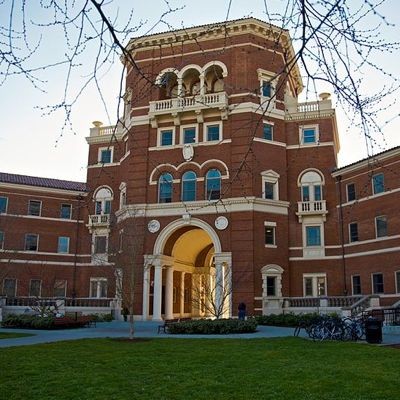
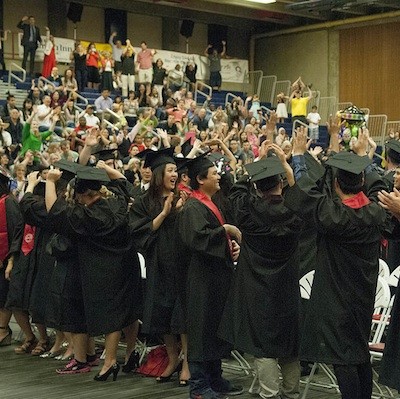

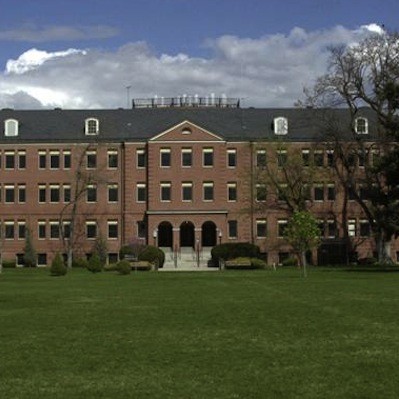
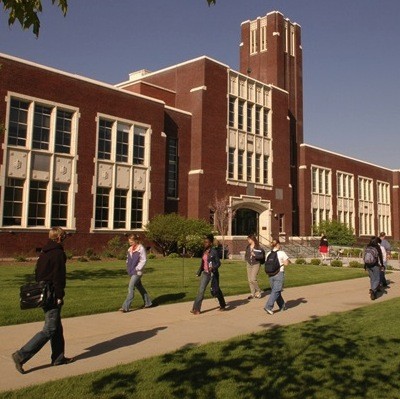
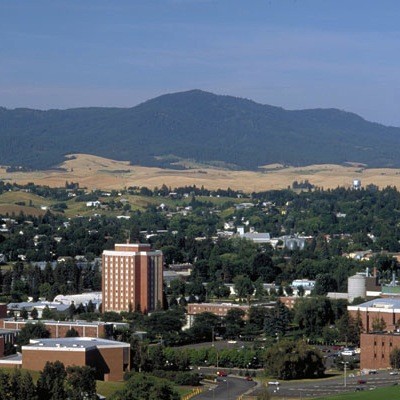












 Delivered Free Every
Delivered Free Every
Follow us on Pinterest Google + Facebook Twitter See It Read It